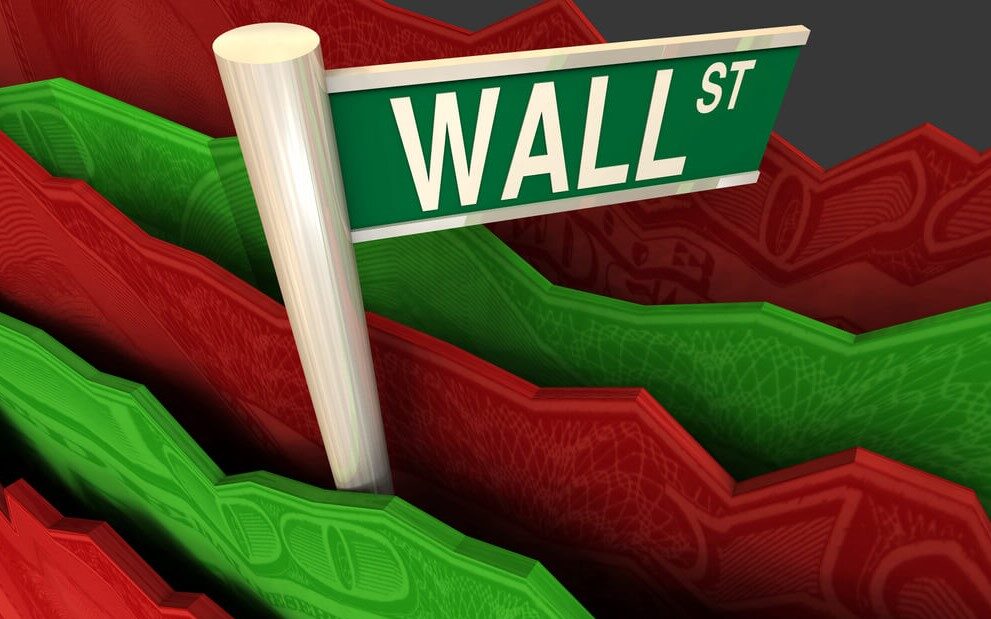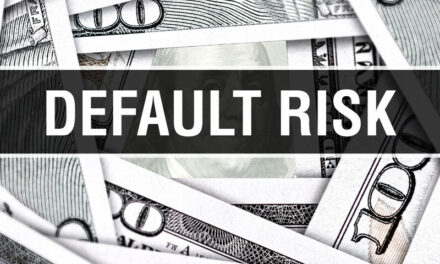With the Federal Reserve cutting its benchmark interest rate for the first time since the 2008 financial crisis, stocks are sure to be on the rise, right?
The markets reacted harshly to Fed Chair Jerome Powell’s speech Wednesday after the announcement that the central bank was cutting rates 0.25% to the 2% to 2.25% range. By closing time Wednesday, the S&P 500 dipped 1.1%, and the Dow and Nasdaq both fell 1.2% after Powell called the rate cut a “mid-cycle adjustment.”
Wall Street is concerned the Fed won’t restart full-blown easing again, despite Powell’s best efforts to say that additional rate cuts haven’t been ruled out.
Here is how market strategists and traders reacted, per Bloomberg:
- Delores Rubin, a senior equity trader at Deutsche Bank Wealth Management
“The market was fine with the statement, but as seems to be the case, the press conference reveals details that do not sit well with the market. The response that this is a mid-cycle adjustment and not part of a longer term accommodative stance has raised concerns. The market has really talked itself into a need for lower rates. Obviously the FOMC still feels strongly the economy is resilient.”
- Zhiwei Ren, Penn Mutual Asset Management portfolio manager.
“The market pricing is for 3 more cuts for the next one year. He is pushing back that market pricing. He says this is a mid-cycle rate cut, which means it is 1-2 cuts and done…he is not giving the market what it wants — three cuts for next year. He basically said ‘At the beginning of the year, we were pricing a few hikes and turned patient — no rate hike, no cut — and now we’re cutting 25 bps. We think that’s accommodative enough.’ he didn’t say they need to cut more. That’s a big surprise to me and the market.”
- Max Gokhman, the head of asset allocation for Pacific Life Fund Advisors.
“Two possible reasons. One is that the market thinks an ‘adjustment’ is a one-and-done thing. I doubt that’s the case, especially because there was also language in the statement about the ‘future path’ of rates being a subject of future data. To be clear, I’m not saying the market isn’t worried that it’s one-and-done — that’s just not how I’m seeing it. The second reason is perhaps the market thinks that when Powell says “mid-cycle” he is giving credence to the (ahem) fact that business cycles have a beginning, middle and … END. Most likely the first reason is what moved prices though.”
- Charlie Smith, founding partner and chief investment officer at Fort Pitt Capital Group in Pittsburgh.
“The catalyst for sell-on-the-news was that phrase. He made it explicit — basically, that’s what that phrase means. An insurance cut implied ‘Hey, it’s just an insurance policy. It’s a one-time premium and we’re done.’ And then he made it explicit with that sentence and the market figured it out.”
- Matt Maley, equity strategist at Miller Tabak + Co.
“His comment about an ‘adjustment’ probably means that those looking for an aggressive easing cycle over the next six to nine months are not going to see it. What it means is that there was a divergence between what investors were saying and what they were pricing in. Investors wanted Powell to say that he’s cutting, but they really wanted to see the Fed embarking on a rate-cutting cycle. The consensus belief on what the Fed would do was correct. It’s just that the markets pricing in an aggressive cycle of rate cuts were way off.”




